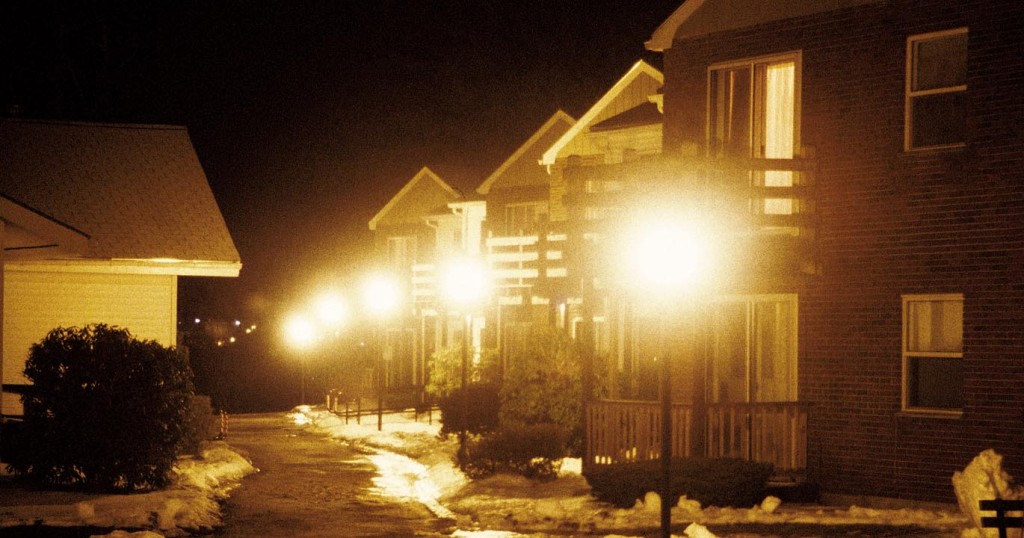 Anyone 40 or older probably has fond memories of looking up into a dark summer sky long ago and seeing countless stars and the Milky Way’s soft river of light arching clearly overhead. But if you’ve grown up since the 1980s, yours is a very different sky. Chances are that it never really gets truly dark anymore where you live. Instead, the stars are overwhelmed by the incessant artificial glow that envelops our cities and towns.
Anyone 40 or older probably has fond memories of looking up into a dark summer sky long ago and seeing countless stars and the Milky Way’s soft river of light arching clearly overhead. But if you’ve grown up since the 1980s, yours is a very different sky. Chances are that it never really gets truly dark anymore where you live. Instead, the stars are overwhelmed by the incessant artificial glow that envelops our cities and towns.
That glow is due to light pollution, which is defined as any adverse effect of artificial light, whether from sky glow, glare, light trespass, light clutter, or decreased visibility at night.
Lighting up the night has become a way of life. Our ’round-the-clock society demands that the outdoor environment be lit up for safety and security. While some of that light is really necessary, far too much of it is directed up into the sky, instead of onto the ground.
Illumination experts estimate that each year billions of dollars’ worth of electricity is wasted as light that streams uselessly up into the sky. And more is at stake than the loss of star-filled nights. Bigger and brighter lights don’t guarantee a safer nighttime environment. Moreover, medical evidence is mounting that exposure to light at night disrupts the body’s natural renewal cycle and might even put you at greater risk for certain diseases.
Fortunately, light pollution is almost entirely preventable. Lighting professionals and manufacturers are finally embracing the cost-saving benefits of installing well-designed, fully shielded fixtures that direct all their light downward, onto the ground. Because these have far less glare, you’re able to see your surroundings clearly rather than being blinded by the lights’ harsh brilliance.
It’s taken more than two decades for the sky glow to get this bad — countless older fixtures still send 30% to 50% of their output skyward. So eradicating bad lighting will likely take many years to accomplish. But the situation is far from hopeless, and progress in the effort to bring back the stars is being made every day.
Click on these links to learn more about the many ways that light pollution affects you:
* Energy waste
* Visual impairment (glare)
* Light trespass
* Environmental & biological consequences
* Loss of the stars (skyglow)
